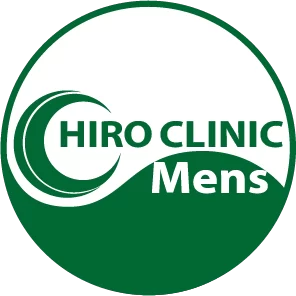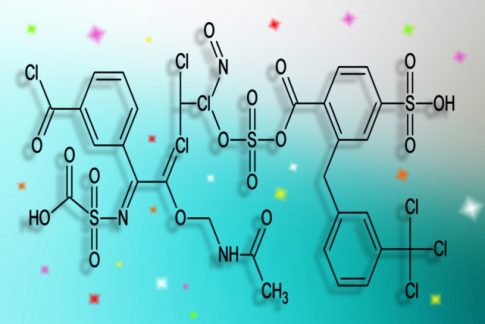この記事の概要
The AGA Guidelines of the Japanese Dermatological Association rate treatment recommendations for the treatment of AGA (male pattern baldness) on a 5-point scale. The recommended treatments include oral finasteride and dutasteride and topical minoxidil. These have been shown to be effective in the treatment of AGA and are rated at Recommendation Level A (strongly recommended). The guidelines also evaluate hair transplants and other treatment modalities.
A patient’s condition
In general, testosterone promotes bone and muscle development and thickens hair such as beard and chest hair. However, in the frontal and parietal regions of the head, testosterone-sensitive follicles induce a softening of the hair shaft. Testosterone transported to papilla cells in the beard, frontal and parietal areas is converted to more active dihydrotestosterone (DHT) by the action of type II 5α-reductase and binds to the receptors. The DHT-bound testosterone receptors induce cell growth factors and other factors in the beard, which prolongs the growth period. On the other hand, in androgen-sensitive hair follicles in the frontal and parietal areas, DHT-bound testosterone receptors induce TGF-β and DKK1, which suppress the proliferation of hair matrix cells and shorten the growth period14) .
Diagnosis
The diagnosis of male pattern baldness is made by interviewing the patient’s family history and history of hair loss, and by visual examination, which reveals a receding forehead hairline and thinning and shortening of the hair on the frontal and parietal areas.The use of a magnifying glass or dermoscopy can also assist in the diagnosis. In Japan, male pattern baldness is classified according to Ogata’s classification9) and Norwood’s classification in Europe and the United States.4) In Japan, the Norwood’s classification plus Takashima’s classification of vertex II with thinning at the top of the head is widely used8) .Although the Ludwig classification is known as a classification for female pattern baldness, diagnostic criteria that take into account earlier diagnosis and differential diagnosis have been proposed15) 16) . The diagnosis of male pattern baldness is relatively easy; however, there are several types of alopecia areata, a subtype of alopecia areata in which hair falls out slowly and the entire head is sparse, and female pattern baldness, including chronic telogenetic alopecia, hair loss associated with systemic diseases such as collagen disease and chronic thyroiditis, anemia, rapid weight loss, and other wasting diseases, as well as hair loss due to treatment with hormone replacement therapy or drugs that are excluded from treatment. Hormone replacement therapy and drug-induced alopecia should be ruled out.

Medical treatment
The treatment of androgenetic alopecia in Japan is examined in the following Clinical Question (CQ) (see Table 1).As references, procedures and guidelines for the treatment of androgenetic alopecia published overseas are listed2)3)5)6) .
参考文献
・https://www.dermatol.or.jp/uploads/uploads/files/AGA_GL2017.pdf
・皮膚悪性腫瘍診療ガイドライン作成委員会:皮膚悪性腫瘍診療ガイドライン,日皮会誌,2007; 117: 1855―1925.
・Shapiro J, Price VH: Hair regrowth: therapeutic agents, Dermatol Clin, 1998; 16: 341―356.
・坪井良治:男性型脱毛症,日皮会誌,2008; 118: 163―170.
・板見 智:日本人成人男性における毛髪(男性型脱毛)に関する意識調査,日本医事新報,2004; 4209: 27―29.











